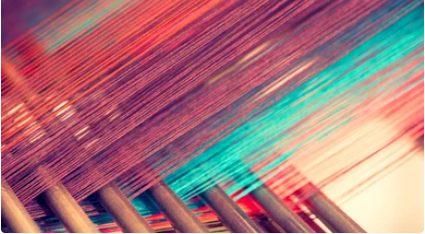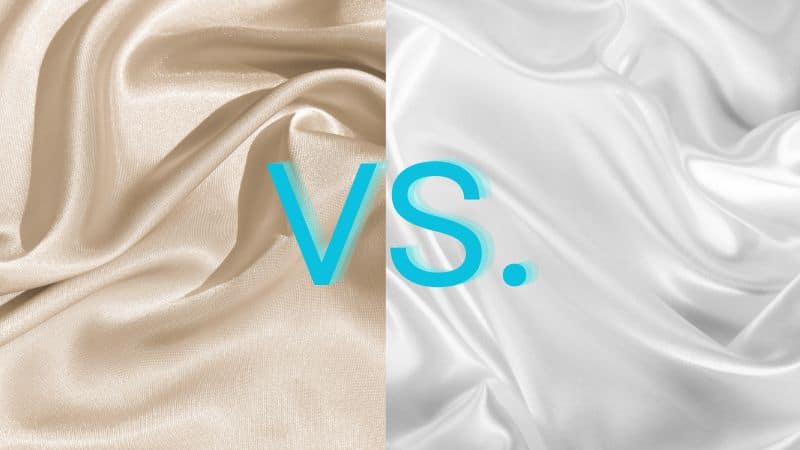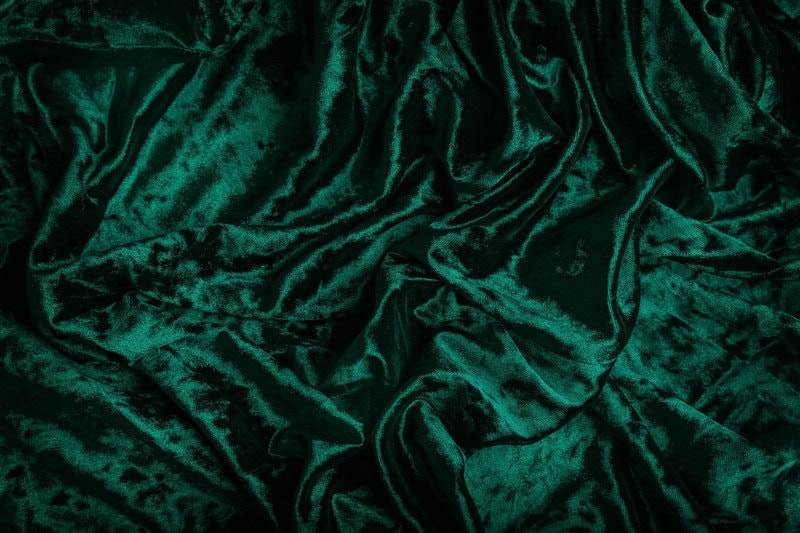What is Laser Engraving?

Laser engraving is a process that uses a high-powered laser beam to vaporize or remove material from the surface of an object in a controlled manner. The laser beam acts like a chisel, incising marks by selectively removing microscopic layers of the material. It allows for creating permanent markings, designs, text, barcodes, or images on a wide range of materials with high precision and detail.
Main Features of Laser Engraving Techniques
- A subtractive process that removes material from the surface layer by layer
- Creates grooves, cavities, or depressions on the surface by vaporizing the material.
- The depth of engraving can range from shallow surface marking to deep cutting, depending on the laser power and settings.
- Produces high-contrast, permanent markings resistant to wear, abrasion, and harsh environments.
- A non-contact process, eliminating tool wear and allowing engraving on delicate surfaces.
Can You Laser Engrave Leather?
Of course, you can. Leather is an excellent material for laser engraving due to its strength, flexibility, and ability to produce high-contrast designs when engraved. The laser vaporizes the surface of the leather to create a permanently etched design.
Types of Leather for Laser Engraving
The type of leather you choose is crucial for achieving high-quality laser engraving results. Since different leathers absorb and respond to the laser’s energy in varying ways, the engraving outcome can differ significantly depending on the leather used.
- Full-grain leather: Highly durable, retains the hide’s original texture, and is ideal for deep engraving.
- Top Grain Leather: Slightly sanded, it’s smoother and a good choice for detailed artwork.
- Vegetable Tanned Leather: Excellent for engraving due to its firmness and response to laser heat.
- Oil Tanned Leather: can be engraved but easy to burn and the area of the engraving may look dirty.
- Genuine leather (Nubuck and Suede Leather): These softer leathers can also be engraved but may appear less crisp.
- Bonded leather: The lowest quality leather, made from leftovers of the hide. It can be laser engraved, but you need to test the laser settings first.
- Corrected grain: It can be laser engraved, but the results may not be as detailed or high-contrast as with higher quality leathers like full-grain or top-grain.
- Napped leather: It includes suede, which is processed to create a thin, soft, fibrous surface. Suede and napped leather can be laser engraved.
- Alcantara leather: a synthetic microfiber material designed to look and feel like suede. Alcantara responds well to laser engraving and cutting, allowing for intricate designs
- Synthetic/fake leather: Not all synthetic leather can use laser engraving, but you can use this technology in pu leather(polyurethane leather)
Leather Not Suitable for Laser Engraving
The following leather is not a good choice for engraving:
- Synthetic/fake leather – Some synthetic leathers like PVC and vinyl should be avoided as they can release toxic fumes like hydrogen chloride and dioxins when laser cut or engraved. These fumes are hazardous to health.
- Chrome-tanned leather – While some have used chrome-tanned leather successfully, it is generally advised to avoid it for laser engraving. The fumes may contain trace amounts of cyanide gas and the results can be unreliable from piece to piece
- Eel skin leather – This should be avoided as it produces a strong, long-lasting unpleasant odor when laser engraved.
- Dyed or treated leathers – Leathers that have been dyed or chemically treated may release harmful fumes from the chemicals used in the dyeing/tanning process. It’s best to stick to natural, untreated leathers.
In general, the most suitable leathers for laser engraving are vegetable-tanned, and other natural, untreated leathers from cow, pig, lamb, goat, and deer hide. Pu leather is also a choice for laser engraving. However, both fake leather and natural leather will produce some odor and smoke when laser engraved, so proper ventilation is always recommended.
Choosing the Right Laser Machine
Your choice of laser engraver depends on the leather and the intricacy of your design. Lasers vary by type and power:
CO2 Laser Engraver
- Ideal for leather, it can be cut and engraved with high precision.
- It can easily handle leather up to 6mm thick and engrave at speeds like 600mm/s.
- Better edge quality than fiber lasers on thicker metallic materials
- Mature and well-established technology
But Co2 laser equipment is always big in size, heavy weight, and frequently needs regular maintenance.
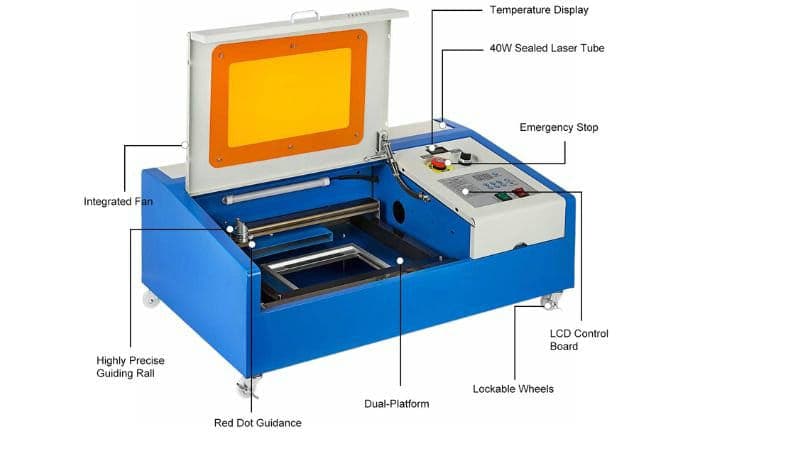
Diode Laser Engraver
- Lower cost compared to CO2 lasers.
- Good for engraving on non-metallic surfaces like wood, plastic, and leather. Suitable for lighter engraving tasks
- It may require multiple passes for darker lines.
- Small size and lightweight, easy to move and install on other machines
- Low power consumption and maintenance requirements
But diode laser engraver is not as accurate as other engravers in cutting at a slower speed, and the quality of the leather is not very good. If you pursue high-quality leather, don’t choose this machine for your products.
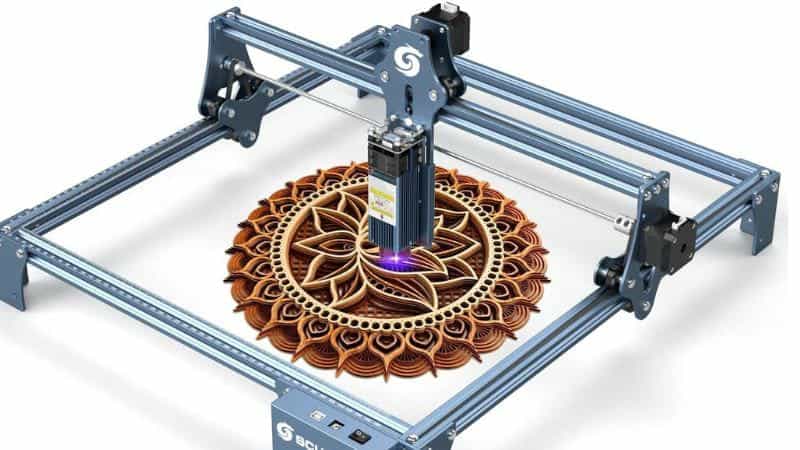
The best laser engraver does not exist. You need to consider your needs and make your choice. Ensure that you choose an engraver with the right power output and speed capacities for your specific leather type and engraving needs.
Preparing for the Engraving Process
Before you start engraving leather with a laser, it’s important to carefully select your design and set up your machine with precision. Proper preparation ensures a smooth engraving process and high-quality results.
Design and Pattern Selection
Choosing the design or pattern you want to engrave on leather is the first step in the process. Whether you’re creating custom artwork or using pre-made designs, it’s essential to pick a pattern that complements the leather’s characteristics. Consider the following when selecting your design:
- Complexity: Simplify intricate designs to avoid possible burning or over-engraving.
- Size: Scale your design to fit the leather piece appropriately.
- Be sure to convert your chosen design into a format compatible with your laser engraver’s software.
Choose and Cut Leather
Choose a type of leather that fits your leather products and cut it to meet the demand of a laser engraving machine. Make sure the leather can easily lay flat under the machine, and the engraving pen can be aimed at the part that needs to be engraved.
Setting Up the Laser Engraver
Once your design is ready, setting up the engraver is crucial for an optimum outcome. Here are the specific settings and focus adjustments you need to address:
- Laser Power: Adjust the power level based on the leather’s thickness and color for precise engraving. Too much power could burn the leather, while too little may not engrave effectively.
- Laser Settings: Configure the speed, frequency, and power settings. Use test runs on scrap pieces to determine the ideal parameters.
- Focus: Properly focus the laser for clean, sharp engraving. An out-of-focus laser can result in blurry or distorted designs.
Ensure that the leather is flat and secured to prevent movement during the engraving process. With these preparations, you’re set to begin creating your custom leather pieces.
The Engraving Procedure
Laser engraving leather is a precise art that involves the careful adjustment of speed and power settings to achieve the depth and clarity of the mark you desire.
Executing the Engraving Pass
When you’re ready to engrave, place your leather material flat on the engraver bed. The focused laser beam will pass over the leather, vaporizing the surface material to create your design. It’s important to make sure the pass, temperature, and wattage are consistent; even small variations can affect the depth and quality of the engraving. For intricate designs or to increase depth, multiple passes may be necessary.
- First pass: creates the initial outline and shallow mark
- Subsequent passes: increase depth and enhance detail
Adjusting Speed and Power Settings
Finding the optimal combination of speed and power settings for your laser engraver is crucial to achieving a precise cut or engraved mark without damaging the leather. The settings will differ based on the type of leather and the specific effect you are aiming for.
- Speed: Influences how quickly the laser moves across the material. A slower speed results in a deeper engrave due to prolonged exposure.
- Power: Determines the intensity of the laser beam. Higher power settings can cut through the material, while lower settings are ideal for surface marking.
| Material Type | Suggested Speed | Suggested Power |
|---|---|---|
| Full grain leather | Medium | Low to Medium |
| Suede leather | Slow | Low |
| Bonded leather | Fast | Low |
After the Engraving
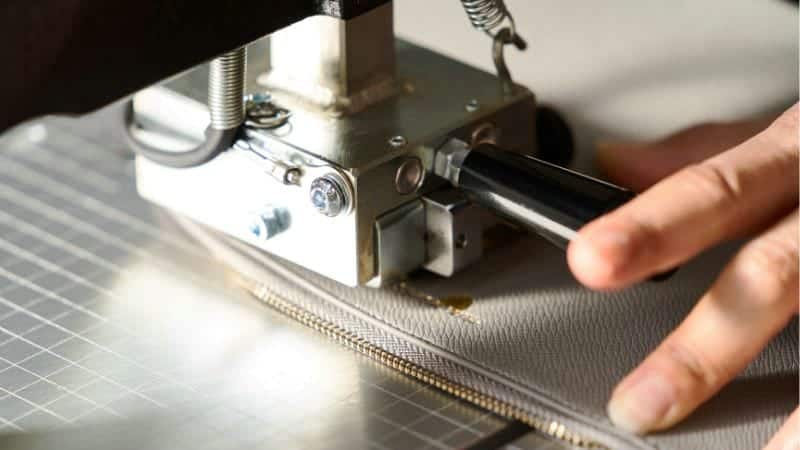
After you’ve completed the engraving, it’s crucial to focus on the finishing touches to ensure your leather piece looks professional and maintains its quality over time.
Finalizing & Cleaning the Leather
Once the laser engraving process is done, you’ll notice some residue on the leather’s surface. Gently clean off any particulate matter or smoke residues with a soft, damp cloth. This step is important to prevent any potential staining and to preserve the freshly engraved details. After you’ve wiped the surface clean, allow the leather to dry completely before applying any finishers.
In the finishing step, you may want to apply a leather conditioner or sealant. This treatment not only protects your personalized engraving from wear but also enhances the leather’s appearance.
Assessing Engraving Durability
To test the durability of your engraving:
- Gently rub the engraved area
- Check for any fading or flaking
If the engraving remains intact, you’ve successfully created a durable personalized piece that should last for years with the proper care.
Creative Applications and Care

Versatile Uses for Engraved Leather
The range of products used for leather engraving is very wide. Common ones in daily life include wallets, belts, handbags and shoes.
Maintaining Engraved Leather Items
- Cleaning: Use a soft cloth and a gentle, leather-specific cleaner to wipe away dust and spills from your laser-engraved items. Avoid harsh chemicals that can damage the engraving.
- Conditioning: Keep your leather goods supple and prevent cracking by applying a leather conditioner. Do this every few months or as needed to preserve the quality of the engraving.
- Storage: Protect your engraved leather goods by storing them away from direct sunlight and heat sources to prevent fading and drying out.





